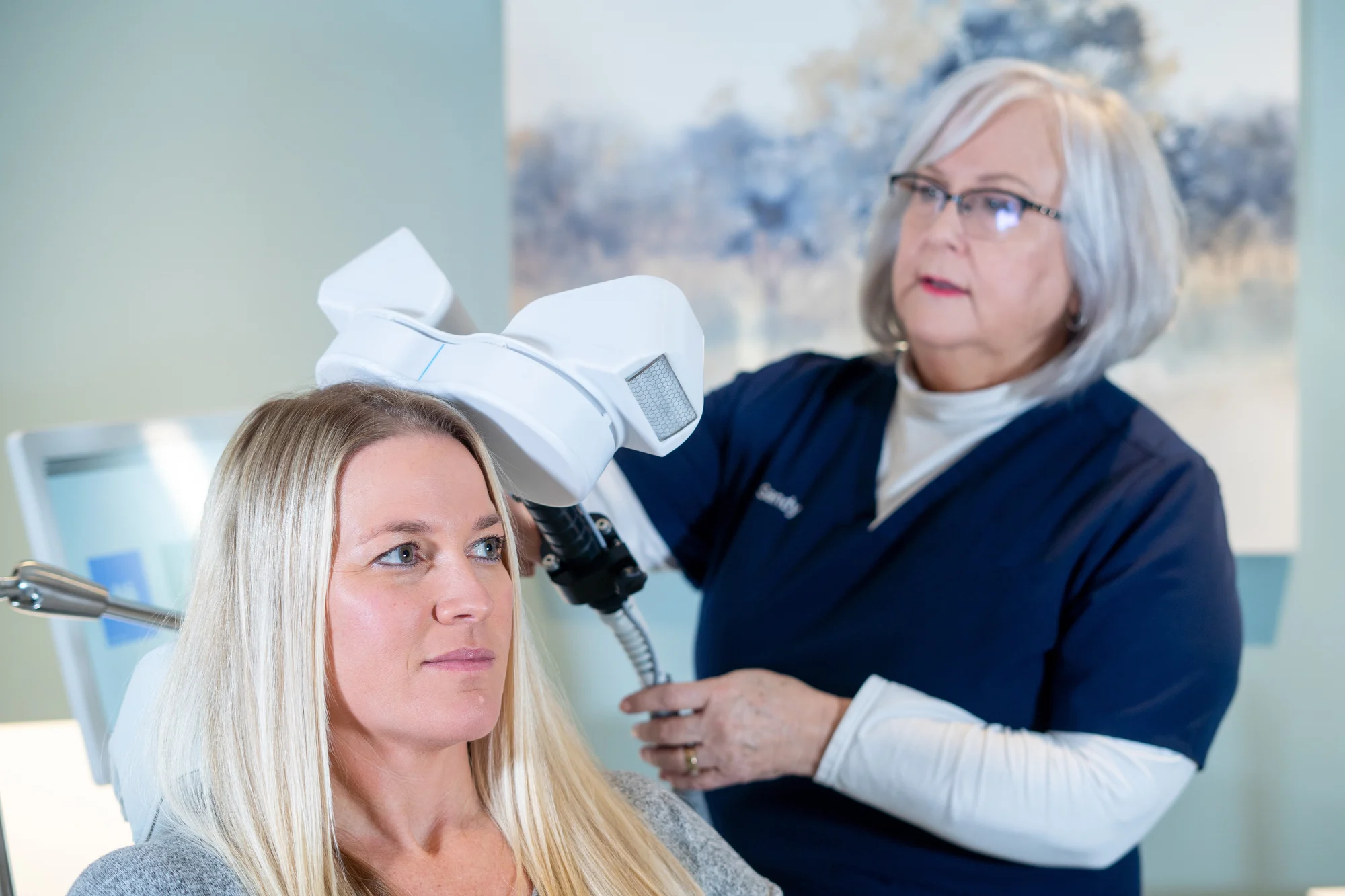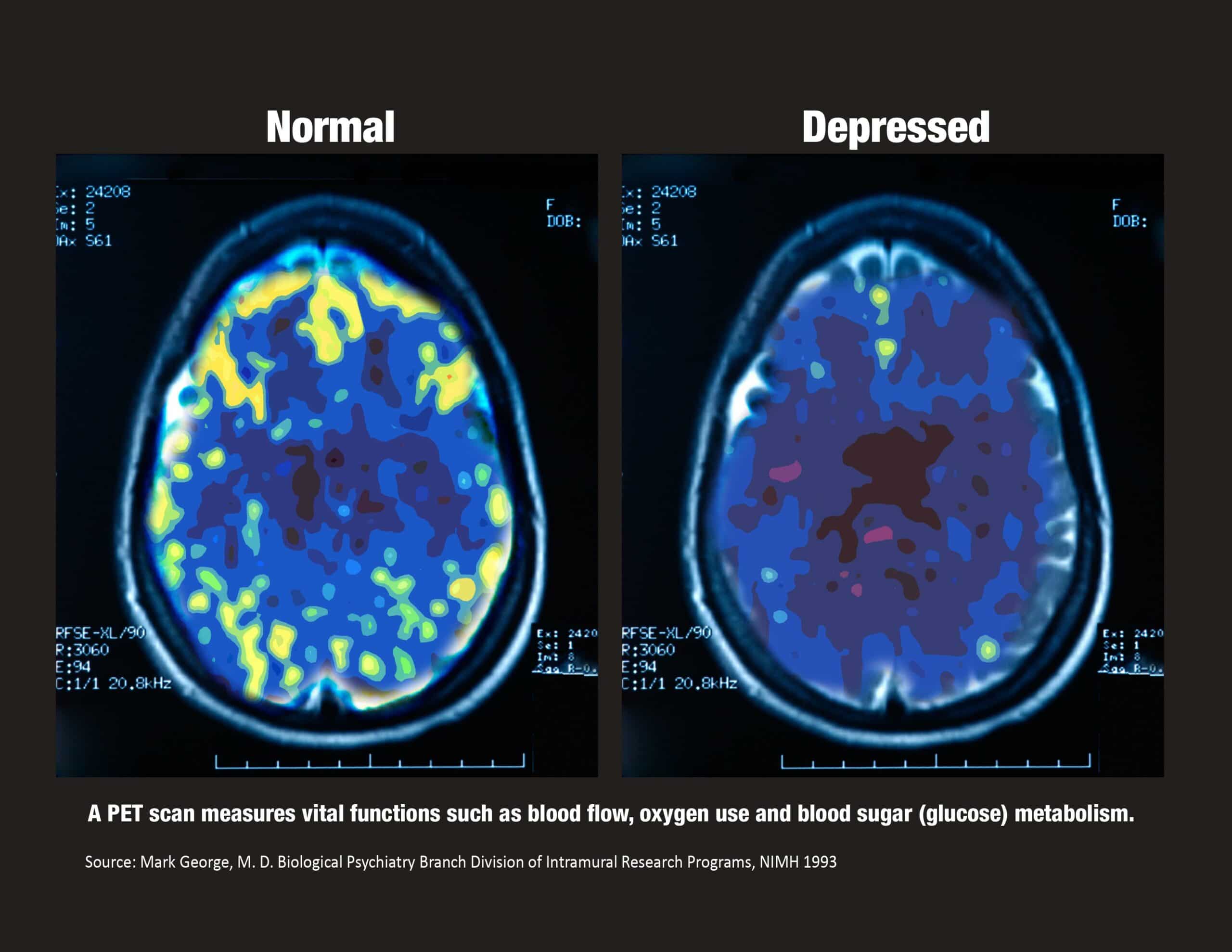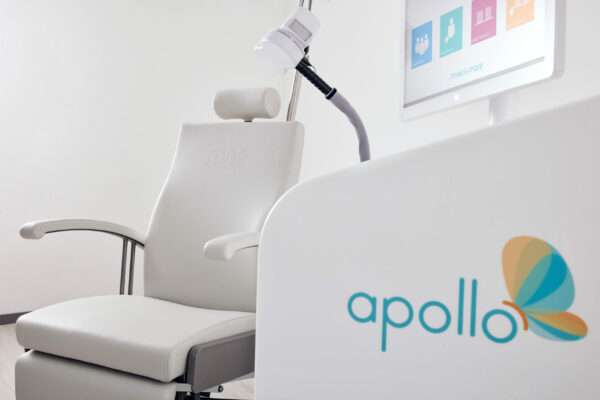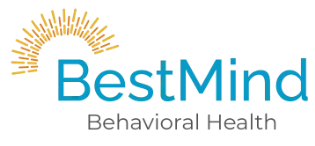Transcranial Magnetic Stimulation (TMS)
Hope Beyond Prescriptions

What is TMS Therapy?
FDA-Approved Depression Treatment
TMS is a breakthrough depression treatment. It uses MRI strength magnetic pulses to stimulate areas of the brain that are under active in patients with depression.
Covered by Insurance
TMS therapy is covered under most health insurance plans
Non-Invasive
TMS is non-systemic (not through the whole body like medication) and non-invasive (not entering the body).
No Changes in Daily Activities
TMS does not require anesthesia or sedation, so patients can resume normal daily activities following each treatment. Treatment typically lasts for about 20 minutes.
Is TMS Therapy Right For Me?
If medications for depression haven’t provided sufficient relief or have caused disruptive side effects, consider TMS Therapy as an alternative solution. It offers hope for more effective treatment.
- Have you taken more than 1 antidepressant medication?
- Have medications failed to provide adequate relief from your depression symptoms?
- Have you experienced side effects from medication that outweigh the benefits?
If you answered yes to any of the above, it may be time to speak with a provider about TMS therapy.


Achieve Lasting Relief in 3 Simple Steps
Step 1: Recline
Treatment will take place at a BestMind location in one of our comfortable reclining TMS chairs.
Step 2: Relax
Treatment lasts for about 20 minutes. You will be fully awake, able to drive home and return to your daily activities.
Step 3: Repeat
Treatment is prescribed for a total of 36 sessions for long-term relief from MDD and TRD.
Have more questions about TMS Therapy?
How is TMS therapy different from depression medication?
TMS differs from traditional drug therapy because it uses MRI-strength magnetic pulses targeted only to specific regions of the brain that are known to be under-active in those diagnosed with major-depressive disorder or treatment-resistant depression. TMS activates and raises the levels of neurotransmitters in the brain – and can be used in conjunction with medication or as a stand-alone treatment.
Does TMS therapy hurt?
No, TMS therapy is typically regarded as painless, although few patients have reported mild discomfort during treatment. Described as a tapping feeling.

